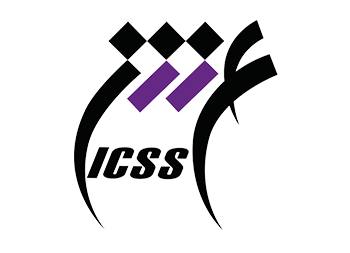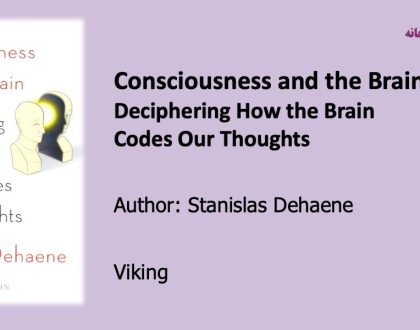Mobile Brain–Body Imaging and the Neuroscience of Art, Innovation and Creativity
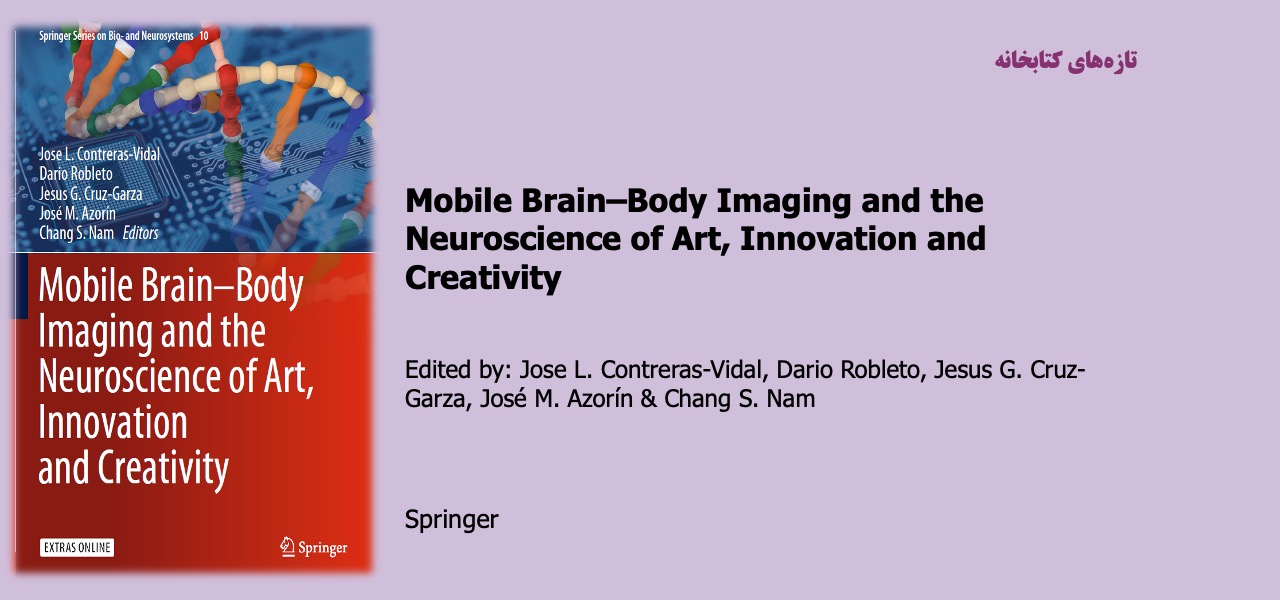
Based on the lives we live, we all speak a multitude of languages. The variances in our professional languages can seem as simple as differences in accents or as complicated as learning a new alphabet.
Exploring the intersections between art and neuroscience can seem to require fluency in two dramatically different languages. Although the languages may differ, deep similarities exist between the disciplines. Both incorporate experimentation, investigation of humanity’s biggest questions, and perpetual work to understand more fully our world and the lives of those who inhabit it. Recognizing these similarities, despite any linguistic differences, those who learn the language of the other and work in the shared space between the arts and neuroscience can more fully examine and celebrate such elusive topics as creativity, understanding, memory, and motion.
Working with art museum visitors, I frequently witness the wonders of artistic experience.
Through our teen artist program, I observe students visually rendering and emotionally processing their lives through the medium of paint, sculpture, or photography. During a bilingual toddler story time, I watched children form language and create meaning through the shapes and colors depicted in the art around them. Leading a tour for visitors with dementia, I witnessed participants who respond to the artwork with dramatically increased verbal engagement and who are able to form and access memories in ways not possible outside of the museum.
Through these observations and countless others, I am a researcher. I research the ability of the arts to inform and reflect the lives of visitors. Yet, my research focuses on observation and lacks the element of explanation. As described by Juliet King, Associate Professor in the Art Therapy Department at The George Washington University and Adjunct Associate Professor in the Department of Neurology at the Indiana University School of Medicine, building a more complete understanding will require the observations of educators, artists, and art therapists alongside the research and observations of colleagues in the neurosciences. This shared work will determine how it is that art plays a significant role in making meaning and in recovering memory. In the space between art and science, current and future practitioners and researchers will determine how artistic practices influence and are influenced by neurology.
مطالب مرتبط
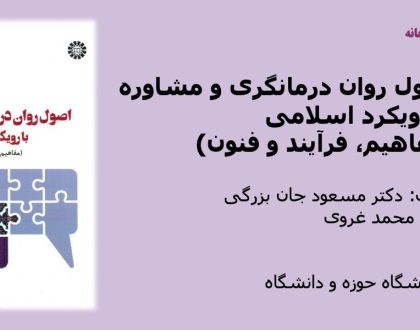
اصول روان درمانگری و مشاوره با رویکرد اسلامی (مفاهیم، فرآیند و فنون)
۲۶ / بهمن / ۱۴۰۳
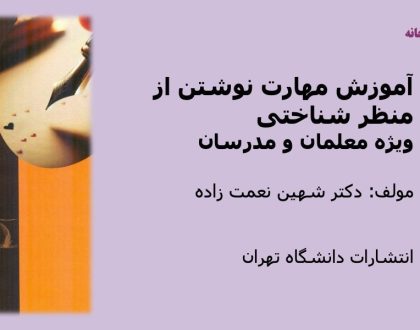
آموزش مهارت نوشتن از منظر شناختی
۲۶ / بهمن / ۱۴۰۳

